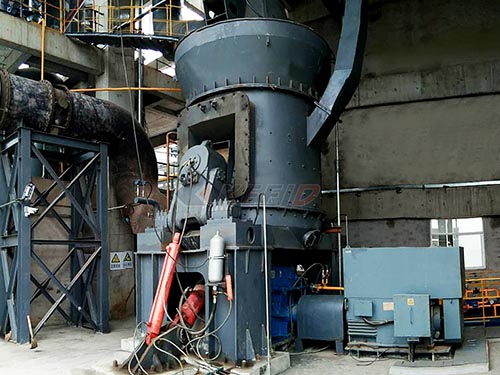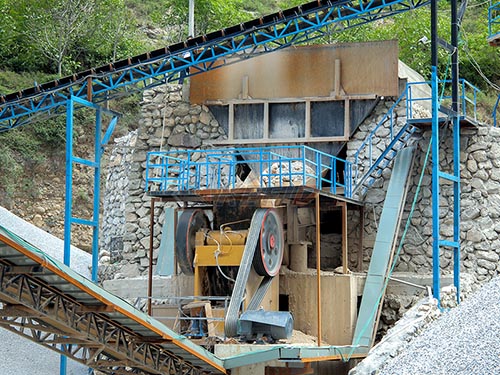A belt conveyor is a mechanical handling system used to transport materials or goods from one location to another, commonly used in industries such as mining, manufacturing, logistics, and agriculture. It consists of a continuous loop of material (the belt) that rotates around two or more pulleys, driven by a motor.
Key Components of a Belt Conveyor:
1. Conveyor Belt – The moving surface made of rubber, PVC, fabric, or metal.
2. Pulleys –
– Drive Pulley (head pulley): Powered by a motor to move the belt.
– Idler Pulley (tail pulley): Provides tension and redirects the belt.
– Snub Pulleys & Bend Pulleys: Adjust belt wrap and direction.
3. Motor & Gearbox – Provides power to drive the belt.
4. Rollers/Idlers – Support the belt and reduce friction (carrying idlers on top, return idlers underneath).
5. Frame/Structure – Supports the entire system.
6. Belt Cleaners & Scrapers – Remove material sticking to the belt.
7. Take-up Unit – Maintains proper belt tension.
8. Feed & Discharge Chutes – Direct materials onto and off the conveyor.

Types of Belt Conveyors:
– Flat Belt Conveyor – For general material transport.
– Troughed Belt Conveyor – Curved sides to prevent spillage (common in bulk handling).
– Incline/Decline Conveyor – Moves materials up or down slopes (with cleats for grip).
– Modular Belt Conveyor – Plastic interlocking belts for food processing or packaging.
– Magnetic Belt Conveyor – Transports ferrous materials using magnets.
– Portable Conveyor – Mobile units for temporary use.
Applications:
✔ Mining (coal, ore)
✔ Manufacturing (assembly lines)
✔ Warehousing & Logistics (package sorting)
✔ Agriculture (grain handling)
✔ Airports (baggage handling)
Advantages:
✓ High load capacity
✓ Long-distance transport ca

ility
✓ Low energy consumption compared to trucks
✓ Customizable speed and size
Disadvantages:
✖ High initial cost for long conveyors
✖ Requires maintenance (belt wear, alignment issues)
Leave a Reply